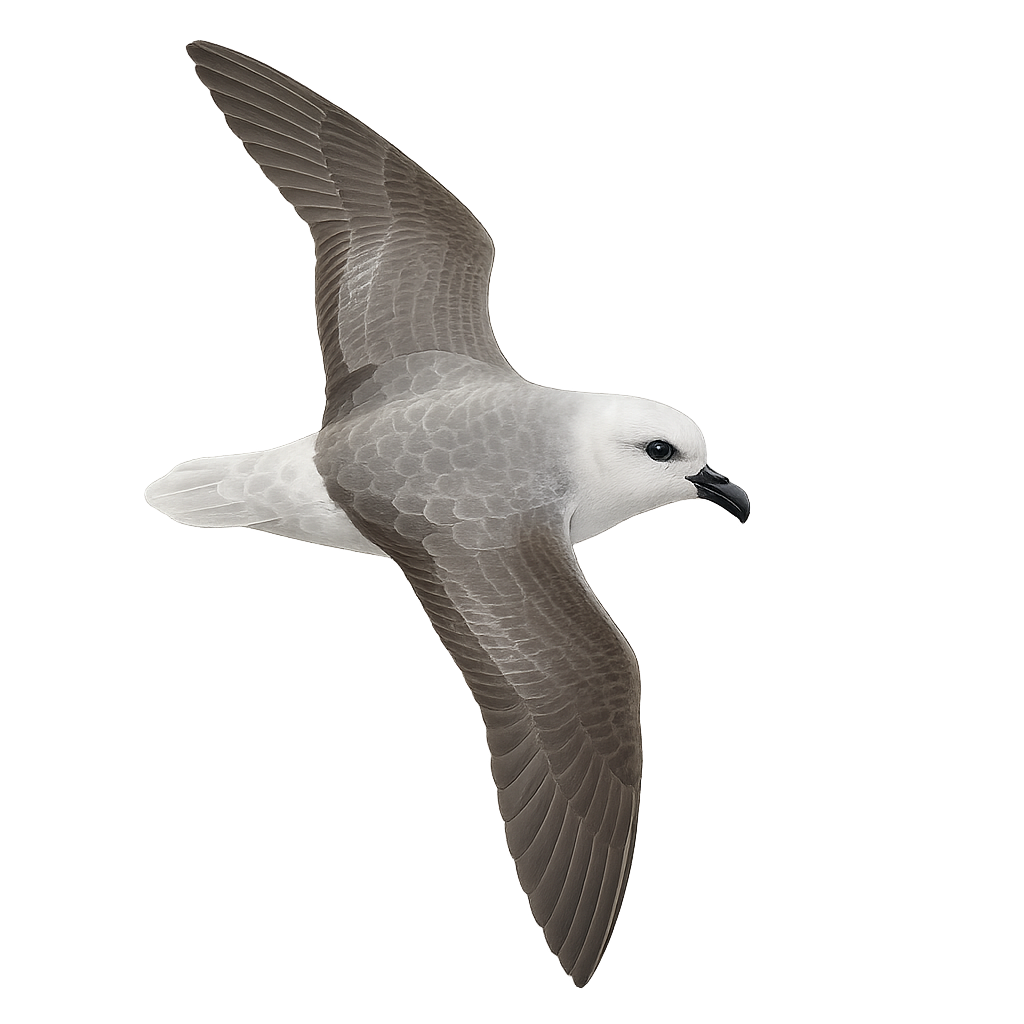Your wildlife photography guide.
Explore the white-headed petrel in detail, study its behavior, prepare your shots.
Where to observe and photograph the white-headed petrel in the wild
Learn where and when to spot the white-headed petrel in the wild, how to identify the species based on distinctive features, and what natural environments it inhabits. The WildlifePhotographer app offers tailored photography tips that reflect the white-headed petrel’s behavior, helping you capture better wildlife images. Explore the full species profile for key information including description, habitat, active periods, and approach techniques.
White-headed Petrel
Scientific name: Pterodroma lessonii

IUCN Status: Least Concern
Family: PROCELLARIIDAE
Group: Birds
Sensitivity to human approach: Suspicious
Minimum approach distance: 10 m
Courtship display: November to December
Incubation: 50-55 jours
Hatchings: December to February
Habitat:
Oceans, subantarctic islands, cliffs
Activity period :
Mainly active at night, generally discreet during the day.
Identification and description:
The White-headed Petrel is a medium-sized seabird belonging to the Procellariidae family. It is characterized by its white head, contrasting with a grey body and dark wings. This bird is primarily pelagic, spending most of its life at sea and returning to land only to breed. It nests on subantarctic islands, digging burrows in the ground to lay a single egg. Its flight is graceful and swift, often seen gliding over the waves. Although its conservation status is currently of least concern, it remains vulnerable to introduced predators on its breeding sites.
Recommended lens:
400mm – adjust based on distance, desired framing (portrait or habitat), and approach conditions.
Photography tips:
To photograph the White-headed Petrel, it is advisable to use a 400mm lens or longer to capture detailed images from a distance. Since this bird is primarily nocturnal, plan your shots at dusk or dawn when the light is soft. Use a tripod to stabilize your camera and adjust ISO settings to compensate for low light conditions. Be patient and discreet to avoid disturbing the bird, especially near nesting sites.
The WildlifePhotographer App is coming soon!
Be the first to explore the best nature spots, track rutting seasons, log your observations, and observe more wildlife.
Already 1 439 wildlife lovers subscribed worldwide

